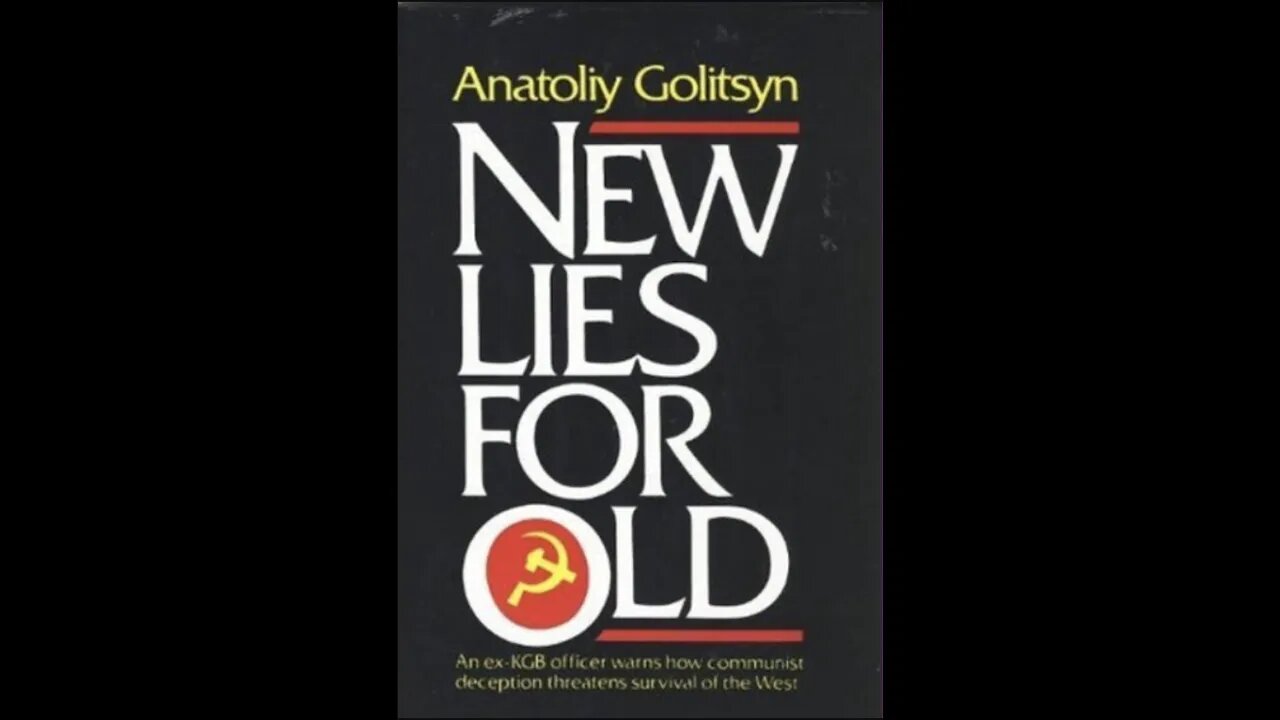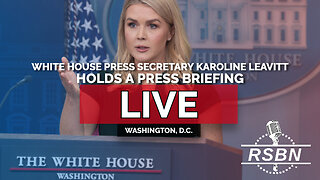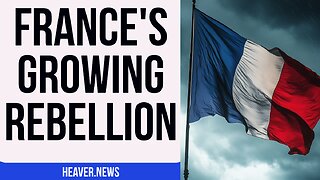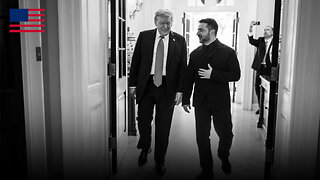Premium Only Content

Anatoliy Golitsyn – New Lies for Old – 14.1: The "Evolution" of the Soviet Regime
The Second Disinformation Operation: The "Evolution" of the Soviet Regime, Part One: The Major Changes in the USSR
The First Disinformation Operation:
120 — Economic Changes
124 — Political Changes
http://www.doomedsoldiers.com/pdfs/new_lies_for_old_golitsyn.pdf
Notes
Chapter 14: The Second Disinformation, Operation: The "Evolution" of the Soviet
Regime (Part One: The Major Changes in the USSR)
1. For an example, see Pravda, September 9, 1962.
2. Officially introduced in 1961.
3. Izvestiya, May 19, 1959.
4. Izvestiya, January 28, 1959, p. 9: "There is not now condemnation by the courts
in the Soviet Union for political crimes. It is a big achievement which speaks for the
exceptional unity of the political views of the people with the Central Committee of
the Party."
5. Kommunist, no. 11 (1960), p. 44.
6. The author learned this from Grigorenko, whose department helped Shul'gin to
write and publish the brochure.
7. See, for example, the letter from Soviet Foreign Minister Gromyko to the United
Nations, September 20, 1958, about a 10-15 percent reduction in the military budgets
of the major powers. (Pravda, September 1958)
8. On June 6, 1958, Pravda published Khrushchev's letter of June 2 to President
Eisenhower in which he forwarded to the American government the Soviet government's proposal for "joint measures for an increase in trade." The letter stated that the
Soviet Union and the US, as the two most economically powerful states, could "carry
on trade with one another on a wide scale."
9. See Khrushchev's report to the Twenty-second CPSU Congress in October 1961
(CSP, vol. 4, p. 69): "the Soviet Union is giving particular attention to the
development of ties with its neighbours. The differences between our social and
political systems have not been preventing the development of friendly, mutually
beneficial relations between the USSR and such countries as Afghanistan and Finland.
10. See, for example, Khrushchev's report to the Twenty-second CPSU Congress
(CSP, vol. 4, p. 46): "To-day, the USA, which has become the centre of world
reaction, takes the role of the chief aggressive nucleus. The US imperialists are acting
in alliance with the West German militarists and revanchists and threatening the peace
and security of peoples. . . ."
11. Detente: Cold War Strategies in Transition, ed. Eleanor Lansing Dulles and Robert Dickson Crane (Published for the Center for Strategic Studies, Georgetown University, by Frederick A. Praeger, New York, 1965), p. 268.
12. Lazar Pistrak, The Grand Tactician (New York, Praeger 1961), p. 269.
13. G. A. von Stackelberg, Bulletin of the Institute for the Study of the USSR, vol.
7, no. 4 (April 1960), pp. 16-20.
14. A penetrating explanation of Soviet provocation of the Berlin Crisis as being
based, in large part, on Lenin's Left-Wing Communism, an Infantile Disorder was
given by Nikolay Galay, "Berlin and Soviet Foreign Policy," Bulletin of the Institute
for the Study of the USSR, vol. 6, no. 6 (June 1959).
15. See CSP, vol. 4, p. 23: "Having brought about the complete and final victory
of socialism, the first phase of communism, the dictatorship of the proletariat has
fulfilled its historical mission and has ceased to be essential in the USSR from the
point of view of internal development. The state which arose as a state of the
dictatorship of the proletariat has turned into a state of the entire people, which
expresses the interests and will of the people as a whole."
16. Satyukov said {CSP, vol. 4, p. 176): "The delegates to the 22nd congress
should know that in October of this year, just before the congress opened, Molotov
sent a letter to the Central Committee. Without having a word to say about his
subversive, factionalist work against the Leninist party and against the decisions of its
20th congress, he tries afresh in this letter to pose as interpreter of Leninism and again
attacked the Central Committee and the draft of the CPSU programme. Molotov
declares in his letter that the draft programme fails to co-ordinate communist
construction in the USSR with the prospects for the revolutionary struggle of the
working class in capitalist countries, with the prospects for socialist revolution on an
international scale.
17. The Soviet Academy of Sciences includes historians, lawyers, and economists
as well as scientists in the conventional sense. The expression "Soviet Scientists"
should be interpreted as including these additional categories.
18. Mose L. Harvey, Leon Goure, and Vladimir Prokofieff, Science and Technology as an Instrument of Soviet Policy (Center for Advanced International Studies,
University of Miami, 1972), pp. 93-94
-
 24:39
24:39
Eugen Richter Audiobooks
2 years agoStalins Secret Agents – Evans & Romerstein – Chapter 8: The Enemy Within
1.1K -
 2:57:22
2:57:22
Right Side Broadcasting Network
6 hours agoLIVE REPLAY: White House Press Secretary Karoline Leavitt Holds a Press Briefing - 8/19/25
60.3K38 -
 1:03:48
1:03:48
Timcast
3 hours agoGavin Newsom SURGES In Polls, COPIES Trump's Style
122K93 -
 4:37
4:37
Michael Heaver
9 hours agoBusted France Faces UPRISING
9.48K3 -
 10:45
10:45
Dr. Nick Zyrowski
1 day agoDoctors Got It Wrong! This Causes of Obesity - NOT Sugar
16.7K11 -
 1:57:57
1:57:57
The Charlie Kirk Show
3 hours agoSummit Aftermath + America's Energy Revolution + Where Russiagate Will Lead | Wright, Solomon
56.3K15 -
 2:00:15
2:00:15
Steven Crowder
6 hours agoTrump's Huge Meeting Shocks the World & the Media is Dumbfounded
293K237 -
 LIVE
LIVE
Viss
3 hours ago🔴LIVE - How to Consistently Win in PUBG!
92 watching -
 4:26:32
4:26:32
GloryJean
5 hours agoSniping & Dominating Solos 🖱️ 6.7 K/D
9.43K1 -
 1:40:15
1:40:15
Nikko Ortiz
4 hours agoLive - Gun Shot And Gun Fails
35.6K7